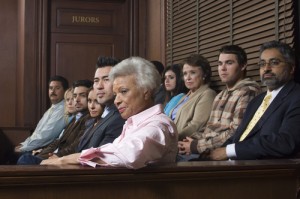In Maryland, each party is allowed 30 interrogatories under Maryland Rule 421 without leave of the court. I was looking at a case today that was referred to us by a lawyer who had already filed suit in the case. Our lawyers are normally hesitant to take a case that is already in litigation but the referring lawyer has referred a lot of work to us over the years so we agreed to step in and take over the case. It is a complex case involving serious injuries but the defendant’s attorney has posed serious questions as to causation of the Plaintiff’s injuries (previously nonsymptomatic patient with a herniated disk with an MRI that shows degeneration in the discs). I would love to ask additional interrogatories but the referring attorney, who is a great lawyer, filed 30 interrogatories with the Plaintiff’s Complaint.
The lawyer was probably under the mistaken impression that you cannot file multiple sets of interrogatories. This was the rule until 1994 when Maryland Rule 2-421 was amended to allow parties to serve multiple sets of interrogatories. Of course, the total number of interrogatories still may not exceed thirty. But there is no reason not to break them up into over one set and given this rule, we typically serve a first set of initial interrogatories and file ”clean-up” interrogatories after putting together the initial facts. When using multiple sets of interrogatories, another tactic our we often use is alternative interrogatories, drafted considering the defendant’s attorneys’ answers to requests for admission.












